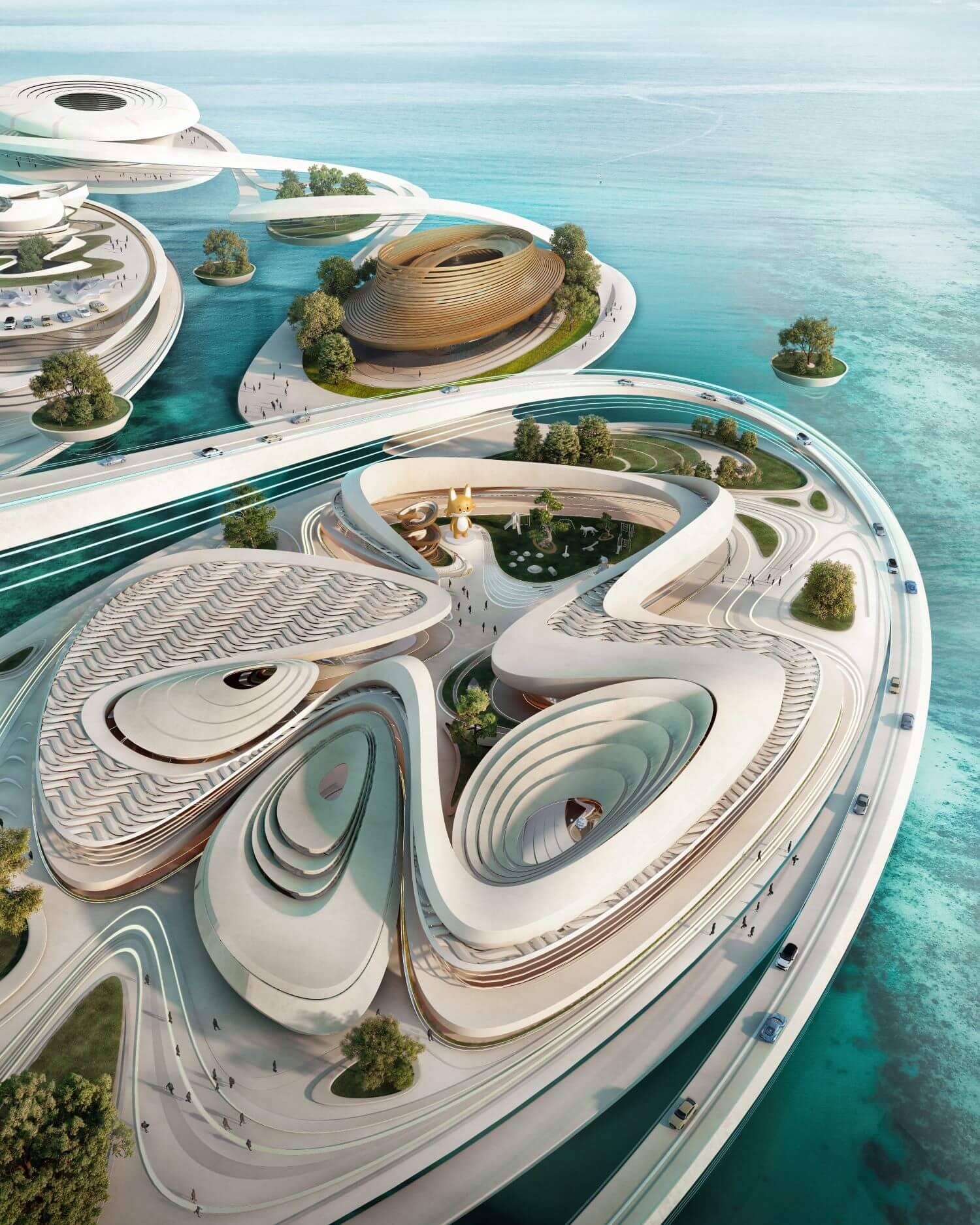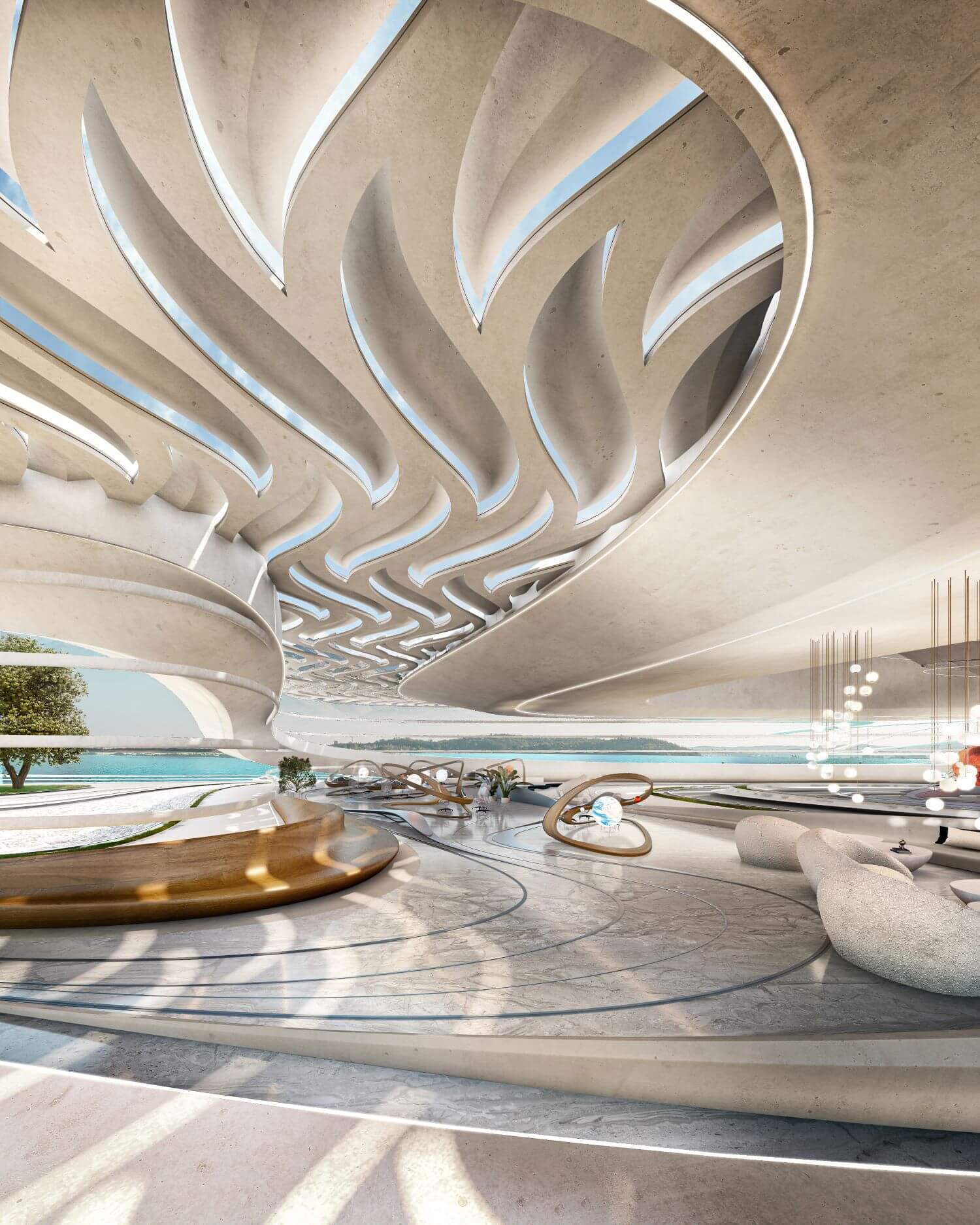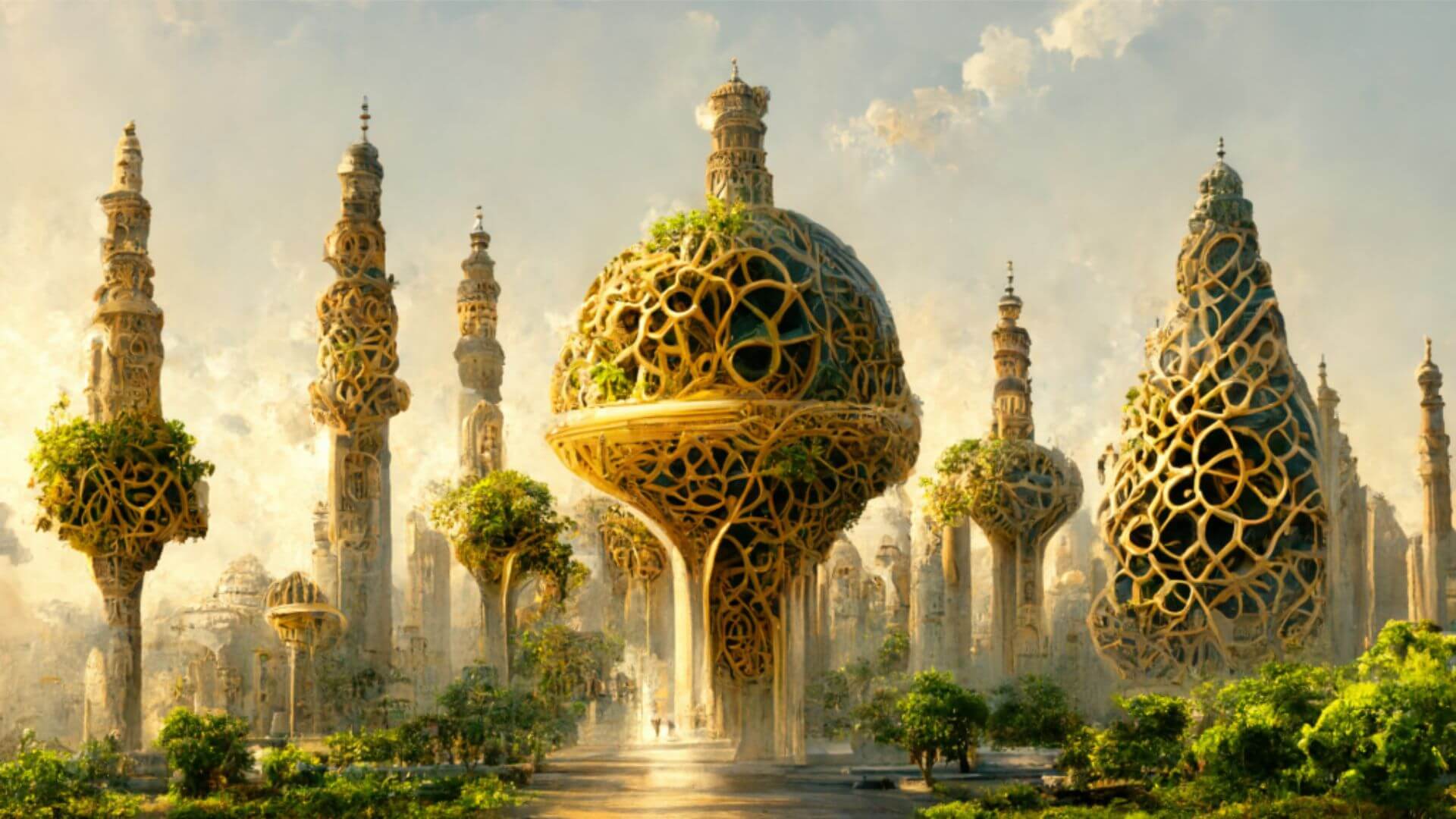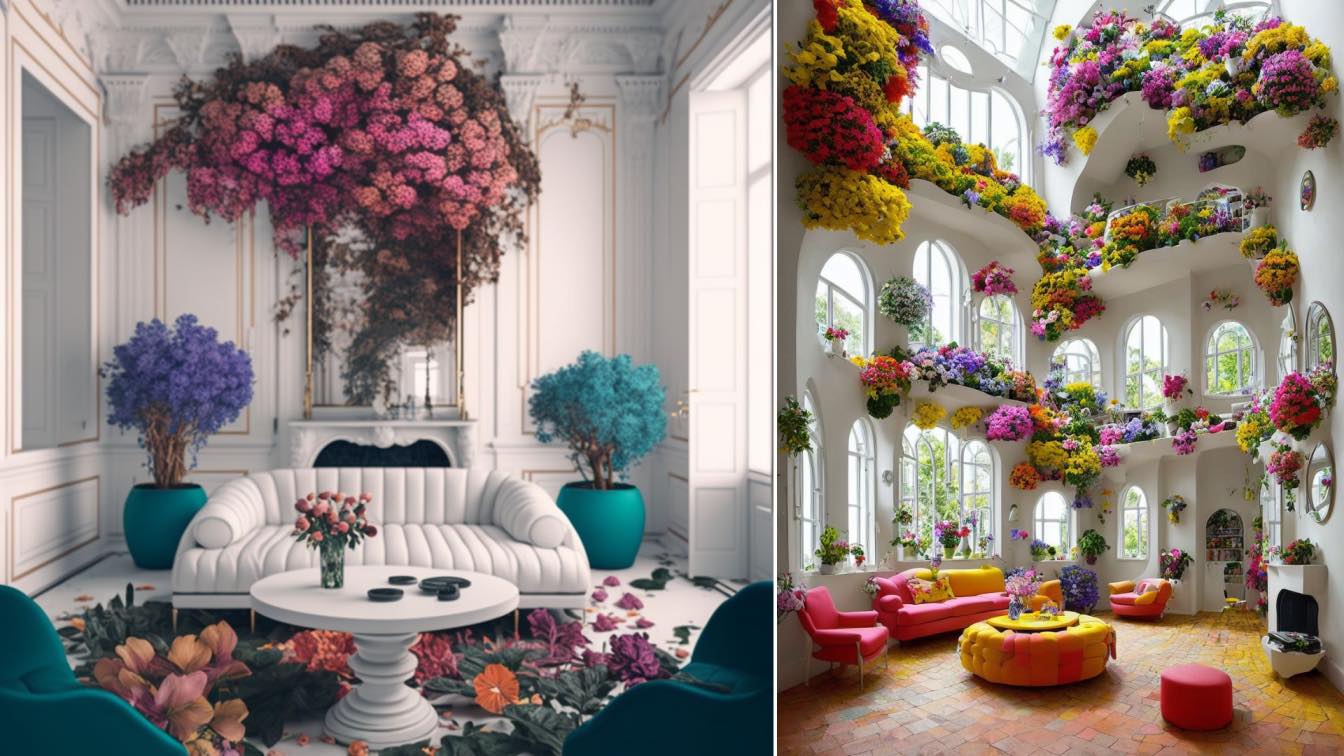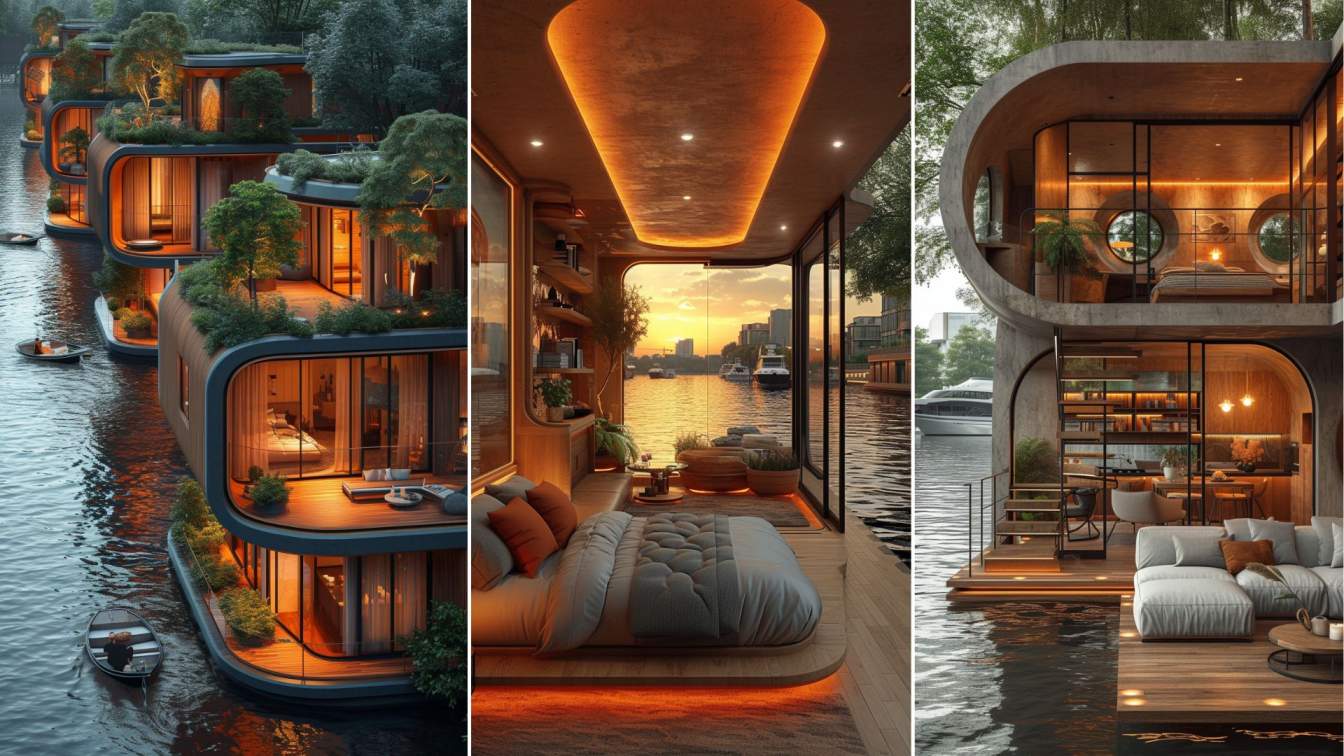Miroslav Naskov: Future of Learning is a research project where education becomes an immersive adventure, empowering learners to fully participate and unlock their full potential and thrive in a rapidly changing society. Students will embark on a captivating journey where they encounter beautiful design pieces, fascinating facts about the world, and elements of surprise that ignite their curiosity and deepen their understanding.
It's a participatory approach that puts students at the forefront of decision-making. Empowering them to shape the games, learning experiences, and even their own lives, we foster a sense of ownership and agency, instilling in them the confidence to navigate the complexities of the world.
Play takes centre stage in this intuitive learning environment. Students are free to explore, experiment, and make discoveries on their own. Every interaction becomes a learning experience, blending seamlessly with their innate desire for exploration and imagination.
Accessibility is key to ensuring that every child can benefit from this transformative educational experience. By leveraging cutting-edge technologies, we eliminate barriers and empower children to engage freely without the constant intervention of a supervisor. This inclusivity ensures that no one is left behind, and every child can embark on a journey of growth and discovery.
In this future of learning, children have the opportunity to experience different environments, both real and virtual. By seamlessly transitioning between the physical and virtual worlds, they can explore new frontiers, travel to distant lands, and engage in immersive experiences that expand their horizons.
Creating content in the virtual world has never been easier. With powerful AI tools at our disposal, the process of ideation, design, and implementation becomes seamless and efficient. We can rapidly prototype and iterate, allowing ideas to come to life with astonishing speed. This agility enables children to visualize the results of their efforts, try again, and refine their creations in an ongoing cycle of learning and growth.
By communicate ideas and strategies, we empower children to develop critical thinking, problem-solving skills, and a deep understanding of cause and effect. Their choices become a catalyst for personal growth and development, instilling a sense of responsibility and accountability.
Future od Learning areas of consideration:
1. Learning through experience - The space has to be developed as a journey where kids can discover beautiful design pieces, interesting facts about the world, elements of surprise, and more.
2. Participatory Approach - Children to be involved in making decisions regarding matters of the games, learning, and lives
3. Gamification and Reward Systems: Incorporate gamification elements into the learning experience to make it more engaging and interactive. By introducing rewards, badges, and levels, students are motivated to achieve goals and strive for continuous improvement.
4. Collaborative Learning: Enable students to collaborate with their peers, both locally and globally, using AR and VR technologies. This allows for immersive and interactive group projects, fostering teamwork, communication, and cross-cultural understanding
5. Virtual Laboratories and Simulations: Create virtual laboratories and simulations using VR and AR, providing students with hands-on experiences in subjects like science, engineering, and medicine. This approach allows for safe experimentation and exploration of complex concepts.
6. Cross-Disciplinary Learning: Encourage cross-disciplinary learning by integrating different subjects and domains. This approach helps students make connections between various fields of knowledge and fosters a holistic understanding of complex real-world challenges.
7. Customised Learning Paths: Utilize AI algorithms to create personalized learning paths for each student based on their individual strengths, weaknesses, and interests. This approach ensures that students receive targeted education and can progress at their own pace.
These outlined principles seamlessly blend with this concept, where controlled pure design is a tool of creating open spaces, inner courtyards, and outdoor areas that are meticulously designed to facilitate the optimal learning experience. The architectural design itself becomes a journey, an immersive experience where students encounter beautiful design pieces, intriguing facts about the world, and delightful surprises around every corner. Each space is thoughtfully curated to inspire curiosity, ignite imagination, and foster a sense of wonder. Learners are transported to different environments, both physically and virtually, as the architecture seamlessly transitions between the realms, creating a harmonious blend of the real and the imagined. The architectural design itself becomes a journey, an immersive experience where students encounter beautiful design pieces, intriguing facts about the world, and delightful surprises around every corner. Each space is thoughtfully curated to inspire curiosity, ignite imagination, and foster a sense of wonder. Learners are transported to different environments, both physically and virtually, as the architecture seamlessly transitions between the realms, creating a harmonious blend of the real and the imagined.
